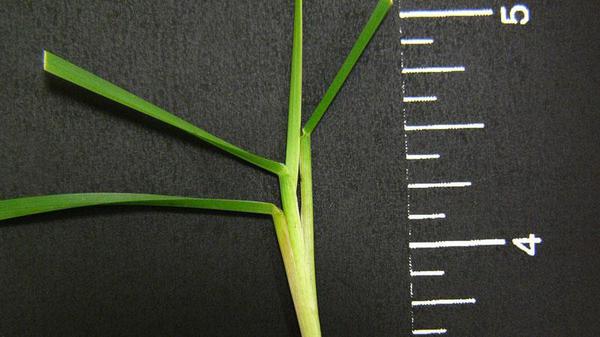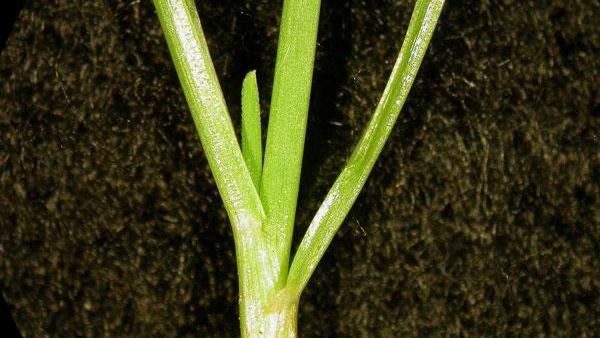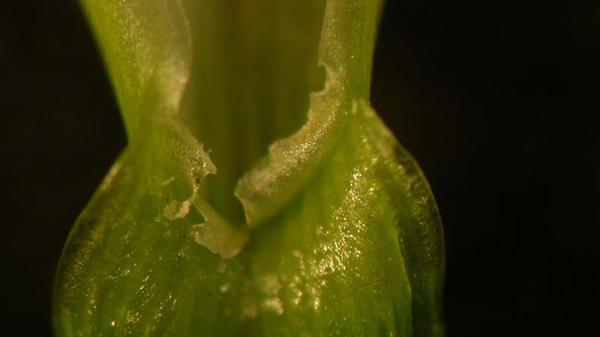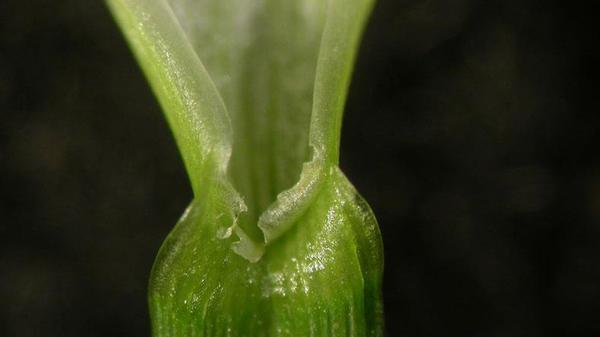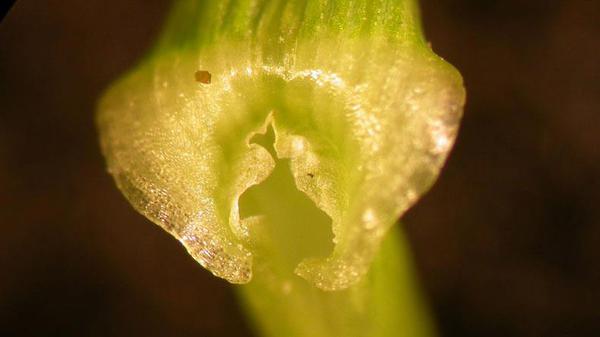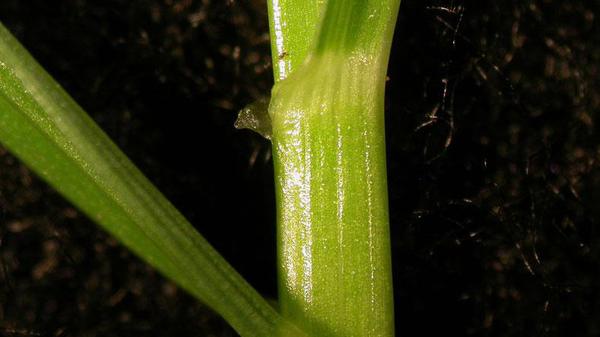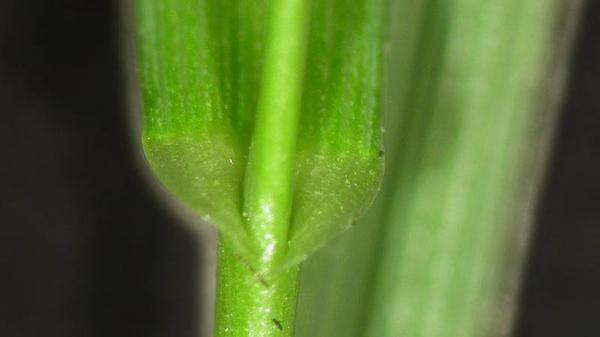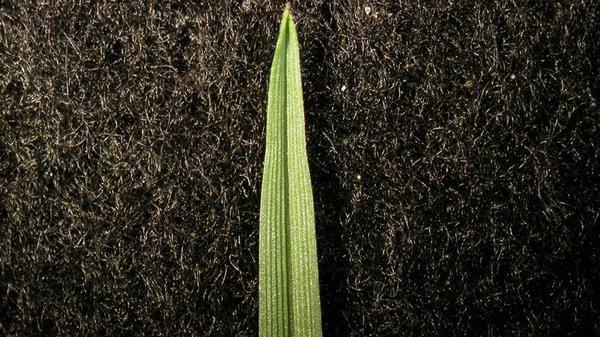Perennial Ryegrass
en Español / em Português
El inglés es el idioma de control de esta página. En la medida en que haya algún conflicto entre la traducción al inglés y la traducción, el inglés prevalece.
Al hacer clic en el enlace de traducción se activa un servicio de traducción gratuito para convertir la página al español. Al igual que con cualquier traducción por Internet, la conversión no es sensible al contexto y puede que no traduzca el texto en su significado original. NC State Extension no garantiza la exactitud del texto traducido. Por favor, tenga en cuenta que algunas aplicaciones y/o servicios pueden no funcionar como se espera cuando se traducen.
Português
Inglês é o idioma de controle desta página. Na medida que haja algum conflito entre o texto original em Inglês e a tradução, o Inglês prevalece.
Ao clicar no link de tradução, um serviço gratuito de tradução será ativado para converter a página para o Português. Como em qualquer tradução pela internet, a conversão não é sensivel ao contexto e pode não ocorrer a tradução para o significado orginal. O serviço de Extensão da Carolina do Norte (NC State Extension) não garante a exatidão do texto traduzido. Por favor, observe que algumas funções ou serviços podem não funcionar como esperado após a tradução.
English
English is the controlling language of this page. To the extent there is any conflict between the English text and the translation, English controls.
Clicking on the translation link activates a free translation service to convert the page to Spanish. As with any Internet translation, the conversion is not context-sensitive and may not translate the text to its original meaning. NC State Extension does not guarantee the accuracy of the translated text. Please note that some applications and/or services may not function as expected when translated.
Collapse ▲Description
Perennial ryegrass (Lolium perenne) is a bunch-type grass that is used for winter overseeding on sites where high quality and winter color are needed. The texture, color, and density of perennial ryegrass are very similar to those of Kentucky bluegrass. Perennial ryegrass is often utilized for winter overseeding on golf course fairways and teeboxes, athletic fields, and high profile home lawns. Perennial ryegrass is often confused with tall fescue and / or Kentucky bluegrass. However, Kentucky bluegrass has a boat-shaped leaf tip and distinctive light-colored lines on both sides of the midrib. Tall fescue has rough leaf blade margins whereas perennial ryegrass has smooth ones. Also, tall fescue has rolled vernation in the leaf bud and perennial ryegrass has folded vernation.
Perennial Ryegrass as a Weed
Cultural Control
Perennial ryegrass is often overseeded to provide winter color in warm climates where turf is utilized in winter months. When warm weather prevails in late spring or early summer, this species usually will not survive. However, in the transition zone, especially during cool summers, wet summers, or both, perennial ryegrass can survive the summer and often becomes clumpy. This very attractive turf species becomes a difficult-to-control weed in these conditions. Control strategies should concentrate on controlling perennial ryegrass before it becomes clumpy.
Species Data
- SEEDHEAD / FLOWER
- a spike, with flattened spikelets along each stem
- VERNATION TYPE
- LIGULE TYPE
- GROWTH SEASON / LIFE CYCLE
- cool season turf or perennial weed
- AURICLE TYPE
- LEAF BLADE TIP SHAPE
- sharp-pointed; bright green, sharply creased, deeply ridged upper surface, lower surface smooth and glossy, edges slightly rough
Figure 8
- sharp-pointed; bright green, sharply creased, deeply ridged upper surface, lower surface smooth and glossy, edges slightly rough
- LEAF BLADE WIDTH
- 0.08 - 0.2 inches (2 - 5 mm) wide
- STOLON PRESENCE
- absent
- RHIZOME PRESENCE
- absent
- COLLAR TYPE
- divided by midrib, not hairy, distinct
- SHEATH TYPE
- sheath is usually flattened, reddish at base



